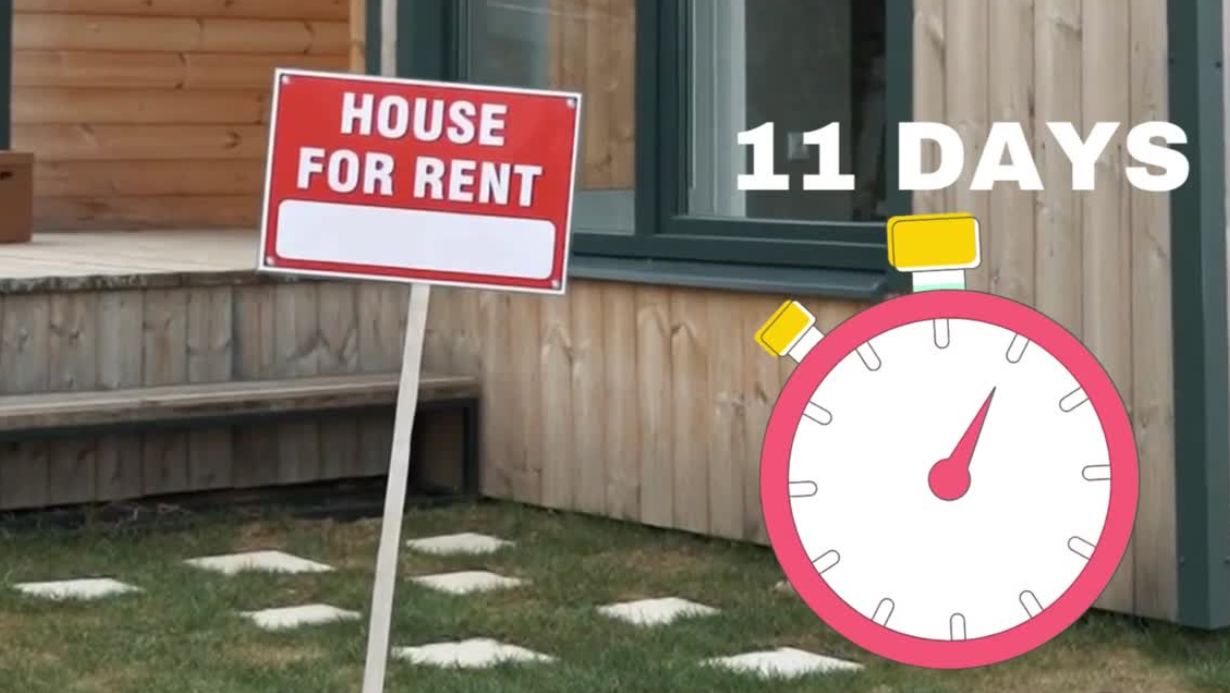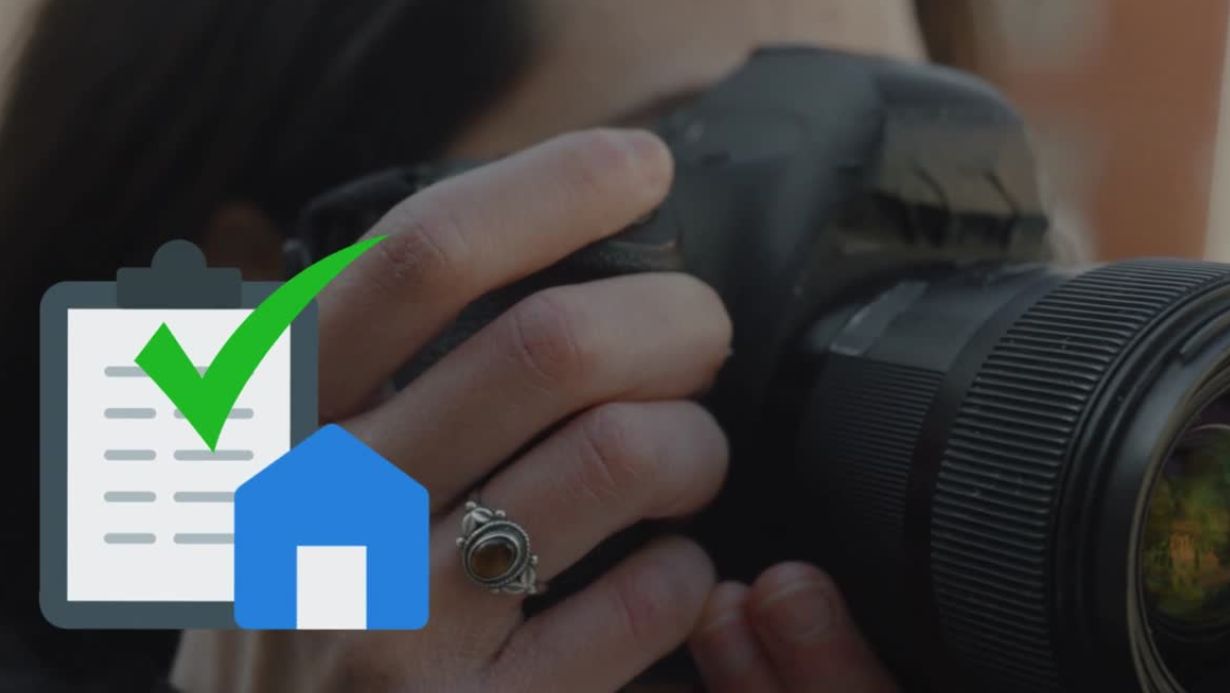What is the number one killer of cash-flow in real estate investments? Assuming you got the tenant screening right - tenant turnover is going to have the biggest impact on your bottom line. It always surprises me that most people don’t know this, nor do they seem to understand the math. If you have a unit that cash flows $200 per month and your unit turn bill is $3,000, that’s 15 months of cash flow wiped out - just like that! Add in your leasing fee, holding costs (like utilities and insurance), and vacancy, your cash flow can be wiped out for two or more years.
Today, we’re talking about one of the biggest challenges property managers and landlords face—tenant turnovers. A vacancy can cost you both time and money, but with the right strategies, you can minimize those costs and shorten the vacancy period. In today’s video, we’ll cover the top 5 ways to navigate tenant turnovers efficiently and I’ll throw in a bonus at the end if you REALLY want to maximize your cash flow over the long haul.

Number 1: Streamline Your Move-Out Proces
A smooth move-out process is key to reducing turnover time. Make sure to have clear move-out instructions in place for tenants well before they leave. This includes guidelines for cleaning, returning keys, and any maintenance issues they should address. A detailed checklist can help ensure your property is returned in good condition and really help drive down those turnover costs.

Number 2: Conduct a Thorough Property Inspection
After the tenant moves out, perform a detailed inspection of the unit. This way, you can catch any damage that needs to be repaired and address maintenance issues right away. There’s nothing more annoying than having a new tenant call you every day for the first two weeks every time they come across a new issue in the unit. It pays to be thorough on the front end - for reference, our move out checklist is 9 pages long. You really want to make sure you’re inspecting everything so you can address any issues and reduce call backs which kill your time and cash-flow. If you want a copy of our checklist, feel free to shoot me an email and I'd be happy to send it your way.

Number 3: Have Your Contractor Lined Up Ahead of Time
If your portfolio is large enough that you have your own maintenance staff, this typically isn’t a problem. But there’s nothing worse than nailing the move out and move out inspection just for your contractor to tell you that they’re booked up for the next two weeks. When I first started the company, we ran into this all the time and let me tell you - it’s a real occupancy crusher. It’s hard to maximize occupancy when you have vacant units just sitting there for weeks at a time, waiting to be worked on. In most scenarios you should know your tenant is moving out about a month ahead of time so make sure you reach out to your contractor and get it on his schedule. And of course, contractors are contractors so you probably want to check back in about a week ahead of the move out just to confirm you’re still on their radar.

Number 4: Market the Property Before It’s Ready
While we don’t show a property until it’s 100% move in ready, we do market it a few days prior to it being ready. This allows us to build up leads and get everyone scheduled for showings a few days quicker. Our current days on market over summer was around 11 days so as you can imagine, every day you can speed up the process is a huge win. I have a few other videos and blogs on how to market your unit but long story short, I highly recommend professional photos, engaging and accurate property descriptions, and syndicating the listing on all of the major websites. This way, you can secure a new renter as soon as possible and get that unit back to cash flowing.

Number 5: Automate and Outsource
The faster you can get through the turnover process, the better. Use workflow software like LeadSimple or Process St to systemize your move out, unit turn, and marketing processes and then look for small ways to automate individual steps. If you're short on time or resources, consider outsourcing things like cleaning, maintenance, and even tenant screening to professionals. This ensures your property is back on the market faster and more efficiently - again, all leading to better cashflow.
Alright, the moment you’ve all been waiting for - who doesn’t love a good bonus?!? The bonus is….Don’t turn the unit at all!
It sounds like common sense but it’s almost always cheaper to keep a current tenant than to find a new one. Consider offering small incentives to tenants if they renew their lease, like a discounted rate for signing early or minor upgrades to the property. Keeping good tenants can save you thousands and thousands of dollars in turnover costs. This really adds up over the long haul and can help maximize your returns.
And that’s it—our top 5 tips for minimizing costs and vacancy periods during tenant turnovers. By streamlining your processes, staying proactive, and using technology, you can keep your turnover times low and your properties occupied.
If you have any questions about real estate investing or how we can help make your next real estate investment a success, consider us at Landmark Property Management, a resource. We're always happy to help. Feel free to check us out on our website at Chicagospropertymanagement.com or give us a call!





.png)


